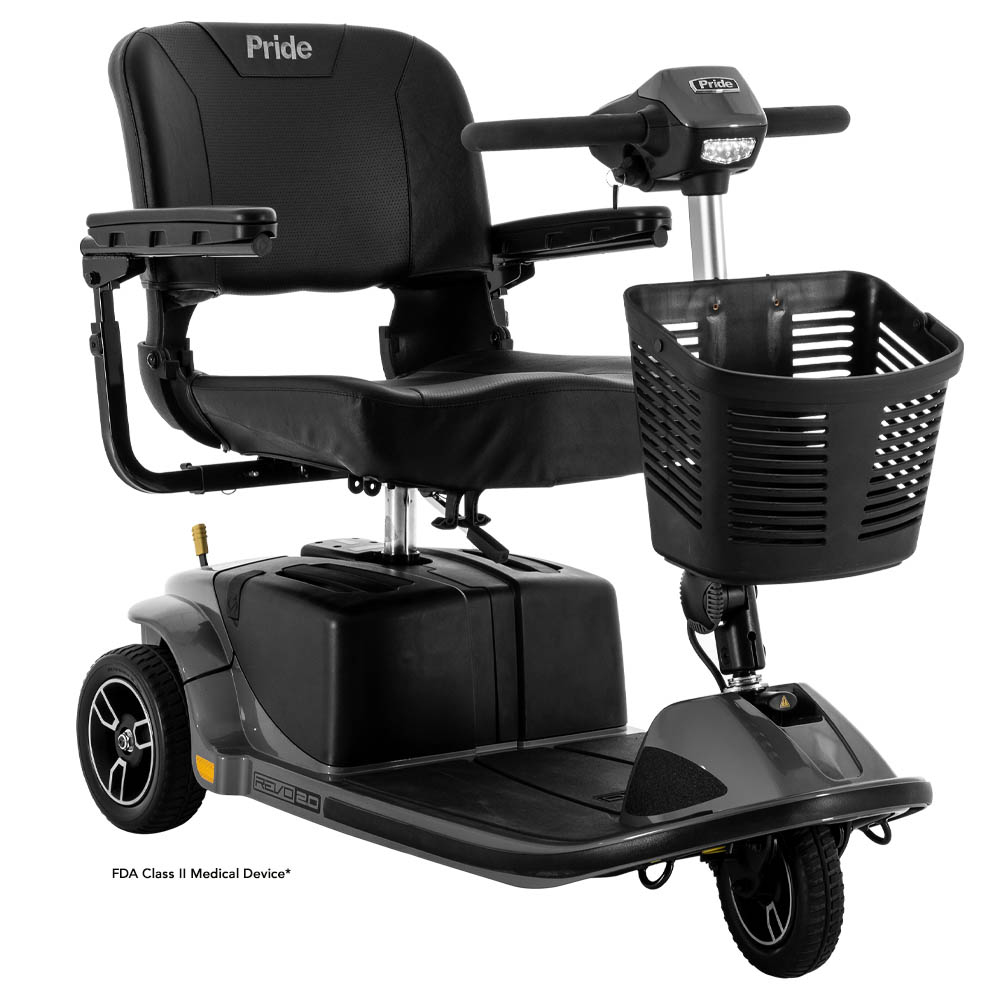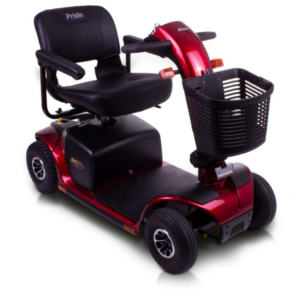Understanding Occupational Therapy
Occupational therapy (OT) is a client-centered health profession dedicated to promoting health and well-being through occupation. The primary goal of occupational therapy is to enable people to participate in the activities of everyday life. For individuals facing mobility challenges, occupational therapy plays a crucial role in enhancing their ability to move safely and efficiently in various environments.
Assessing Mobility Needs
The first step in mobility rehabilitation through occupational therapy involves a comprehensive assessment. Occupational therapists evaluate the individual’s physical abilities, cognitive functions, emotional well-being, and environmental factors. This assessment helps identify the specific challenges the person faces in their daily life. By understanding these challenges, occupational therapists can develop personalized intervention plans that address the unique needs of each individual.
Developing Personalized Intervention Plans
After the assessment, occupational therapists create personalized intervention plans tailored to the individual’s needs and goals. These plans often include exercises to improve strength, flexibility, and endurance, as well as strategies to enhance coordination and balance. Occupational therapists may also recommend assistive devices, such as walkers, canes, or wheelchairs, and provide training on how to use these devices effectively. The goal is to empower individuals to perform daily activities with greater ease and independence. Discover how 3-Wheel Travel Scooters can enhance your mobility rehabilitation with the help of occupational therapy.
Enhancing Daily Functioning
Occupational therapy focuses on improving the functional abilities of individuals in their daily lives. For those with mobility challenges, this often involves training in specific tasks such as transferring from bed to wheelchair, navigating through the home, and performing self-care activities like bathing and dressing. Occupational therapists work closely with patients to develop practical solutions that enhance their ability to perform these tasks safely and independently. This training not only improves physical capabilities but also boosts confidence and overall quality of life.
Adapting Home and Work Environments
Environmental modifications are a significant aspect of mobility rehabilitation. Occupational therapists assess the individual’s home and work environments to identify potential hazards and barriers to mobility. They then recommend modifications to make these environments safer and more accessible. This might include installing grab bars in the bathroom, rearranging furniture to create clear pathways, or providing ergonomic solutions for workplace tasks. These adaptations help individuals navigate their environments more easily and reduce the risk of falls or injuries.
Promoting Community Integration
Beyond the home and workplace, occupational therapists also focus on community integration. They work with individuals to develop skills needed for community mobility, such as using public transportation, navigating public spaces, and participating in social activities. By enhancing these skills, occupational therapy helps individuals with mobility challenges maintain their social connections and participate actively in community life. This holistic approach is essential for promoting long-term well-being and preventing isolation.
Conclusion
Occupational therapy is a vital component of mobility rehabilitation, offering a holistic and personalized approach to improving the lives of individuals with mobility challenges. Through comprehensive assessments, personalized intervention plans, environmental modifications, and community integration efforts, occupational therapists empower individuals to achieve greater independence and enhance their quality of life. The role of occupational therapy extends beyond physical rehabilitation, addressing the emotional and social aspects of mobility to ensure a well-rounded recovery process.
FAQs
· What is the primary goal of occupational therapy in mobility rehabilitation?
The primary goal of occupational therapy in mobility rehabilitation is to enable individuals to participate in the activities of daily life by improving their physical capabilities, enhancing their ability to perform daily tasks safely and independently, and promoting overall well-being.
· How do occupational therapists assess the needs of individuals with mobility challenges?
Occupational therapists conduct comprehensive assessments that evaluate physical abilities, cognitive functions, emotional well-being, and environmental factors to identify specific challenges and develop personalized intervention plans.
· What types of intervention plans do occupational therapists develop for mobility rehabilitation?
Intervention plans may include exercises to improve strength, flexibility, and coordination, training in the use of assistive devices, and strategies to enhance the performance of daily tasks. These plans are tailored to meet the individual needs and goals of each patient.
· How do occupational therapists adapt home and work environments for individuals with mobility challenges?
Occupational therapists assess the home and work environments to identify potential hazards and barriers, then recommend modifications such as installing grab bars, rearranging furniture, or providing ergonomic solutions to make these environments safer and more accessible.
· How does occupational therapy promote community integration for individuals with mobility challenges?
Occupational therapists help individuals develop skills needed for community mobility, such as using public transportation and navigating public spaces, to ensure they can maintain social connections and actively participate in community life, thereby enhancing their overall quality of life.










